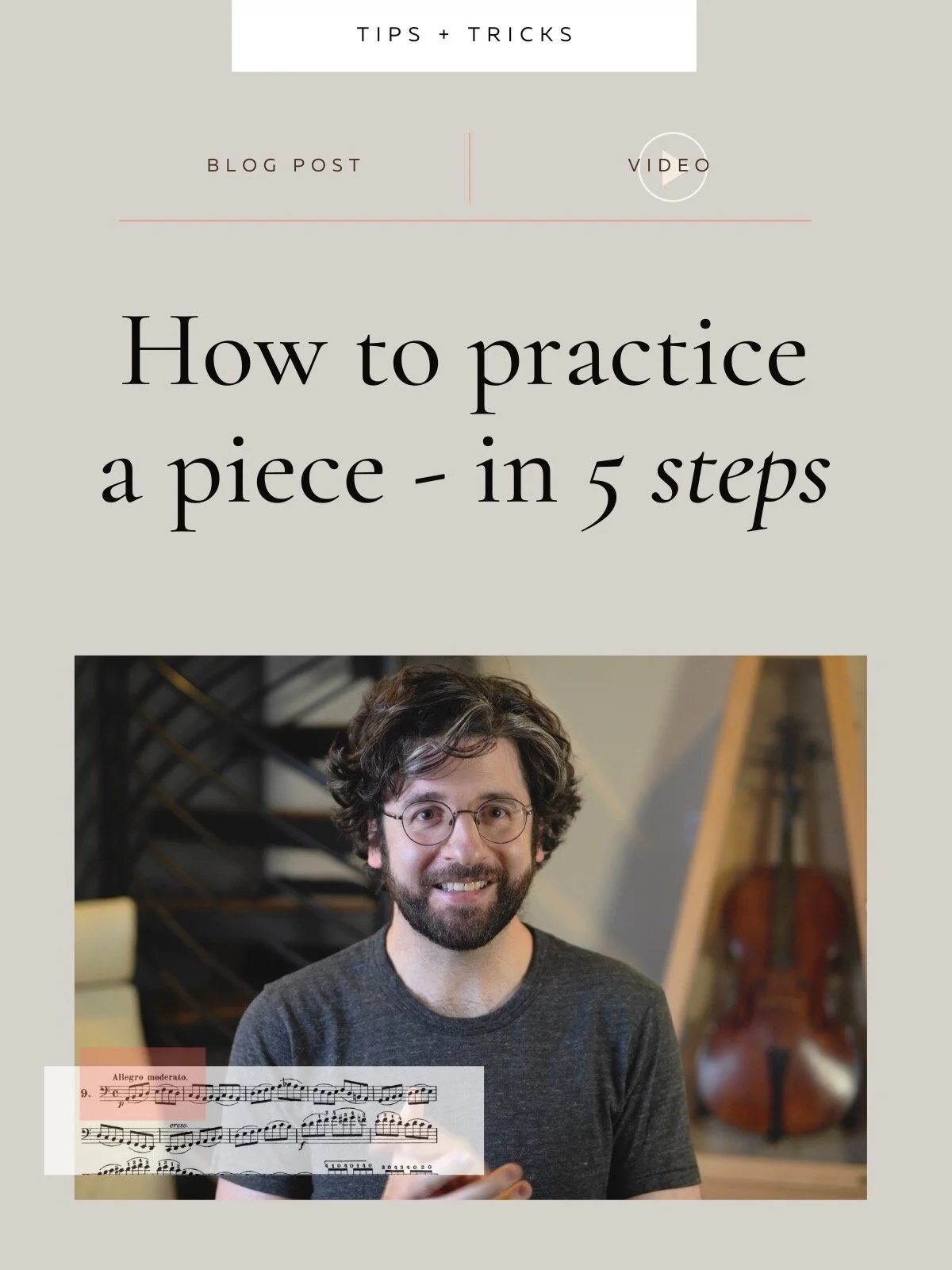Why does my thumb hurt?
So today I want to address arguably the most common form of discomfort for adult learners on the cello, thumb pain in the bow hand.
Whether it’s the thumb joints themselves, or more likely the muscle in the palm of your right hand controlling the thumb feeling like it’s caught fire, most of us have been there and the faster we can learn to use the bow ergonomically, the longer and more enjoyable our practice sessions can become.
So, I came up with the term “frozen thumb” because I remember how my thumb felt in those initial months of my cello journey.
Essentially, once I took my bow grip, whether I was holding the bow in the air, resting it on a string, or in the middle of playing fortissimo on the C string, my thumb felt the exact same - welded into position and frozen stiff.
I couldn’t bend the thumb at all, and if I tried taking a grip instead with a bent thumb, it would just have been a frozen “bent” thumb and I would not have been able to straighten it without dropping the bow.
The overarching reason for this is the clamping action I was creating with the thumb opposite the fingers.
It was so frustrating!
Intellectually, I completely understood that I need pliable, supple fingers and a relaxed thumb, but the bow would just slip out of my grip whenever I tried doing that.
So, if you’re reading this and asking yourself, “Is my thumb too tight?”…
Here are some warning signs that often prove problematic:
Your hand is really far from the stick when you grip the bow: This often forces us to clamp the bow to hold it (however, if you have a huge hand that might not be the case)
Your fingers are spread out in a bow grip, you have a straightened-out forefinger, or a locked out pinky: While these may feel more “powerful” at the time, they almost always require an overactive thumb to maintain balance
This is a perfect segue to a major revelation I had at one point - using your bow hand fingers incorrectly can trigger frozen thumb.
This is not simply about “letting go” with your thumb. The fingers and thumb need to balance each other, so imbalances on either side will cause problems!
The “Frozen Thumb” Exercise:
This whole bow grip thing is a long process, but I remember how it was before I figured it out and what you need to develop is the physical sensation of having a less active thumb.
All the words in the world won’t help until you can feel it.
And, honestly, in my experience, you really can’t work on any other nuances regarding the bow grip and the fingers until you unfreeze your thumb, so this is priority number one.
A little while ago I came up with this exercise/concept to try to develop that sensation for my students.
Now, have you ever rolled an orange against a countertop to make it juicier? I’m sure you have.
So, when you do that, you’re sort of pinning the orange to the surface of the counter, but you’re not actually squeezing the orange itself with your fingers. You are transferring the weight of your arm through your hand and actually through the orange itself onto the table.
To me, this is a similar feeling to what we want to do with the bow when it’s at the frog.
So let’s try this: place your bow at the frog on the G string and wiggle the string back and forth like this to establish a nice sticky grip on the string.
Now go ahead and use that orange image to sink down into the stick of the bow with the base row of knuckles on your right hand.
To help sink down, imagine someone’s hand gently pressing your hand onto the stick.
Now try to see if you can simply undo any extra tension you might have in your thumb.
Is it frozen? Thaw that puppy out!
The gentle weight of your hand pinning the stick to the string should be enough to allow your thumb to disengage, maybe even to the point where you can take it off the bow and balance everything with that row of knuckles.
So now, if your thumb is off, add it back on, give everything one more wiggle, then pull the bow.
Try this exercise a number of times to get the sensation of a balanced bow grip without a frozen thumb.
And don’t worry if the sound isn’t beautiful at first, that will come -and then some!- once you can help your thumb thaw out.
Now, let me be super clear, the thumb does play an active role in sound production and this is more and more true the further we get away from the frog.
At the tip, for example, the thumb is very active and involved in establishing the pronated torque we need to create a good sound. But as you move towards the frog, the thumb can generally do less and less.
So I’m not saying try to play with a relaxed thumb all the time like it was shot up with an anesthetic.
Instead, maybe try thinking of your thumb as something controlled by a dial that has dozens of notches of how involved it is and not like a simple light switch that just goes on/off, squeeze city or dead to the world.
If you have any questions about your bow hold, or about the cello in general, feel free to email me at billy@adultcello.com










